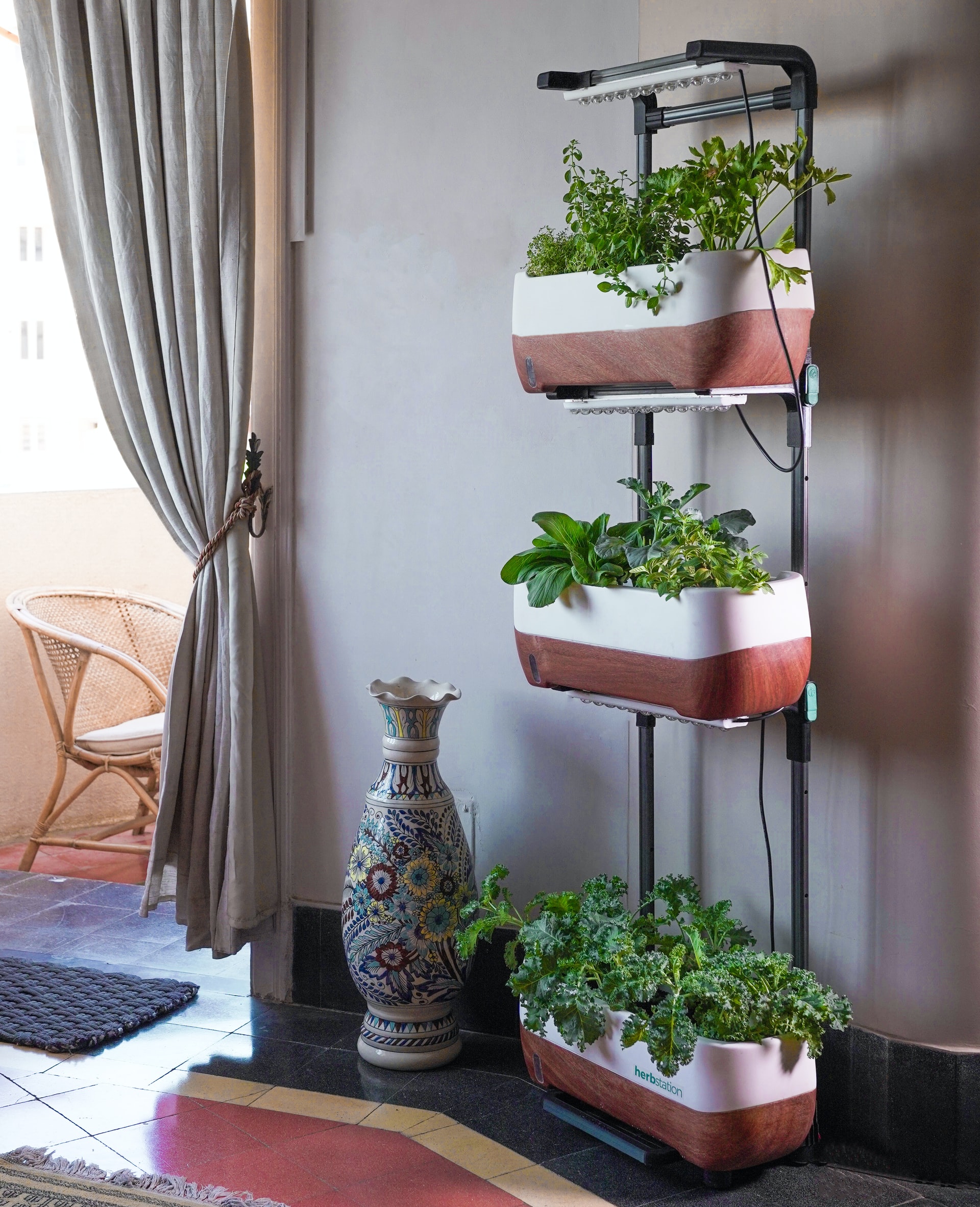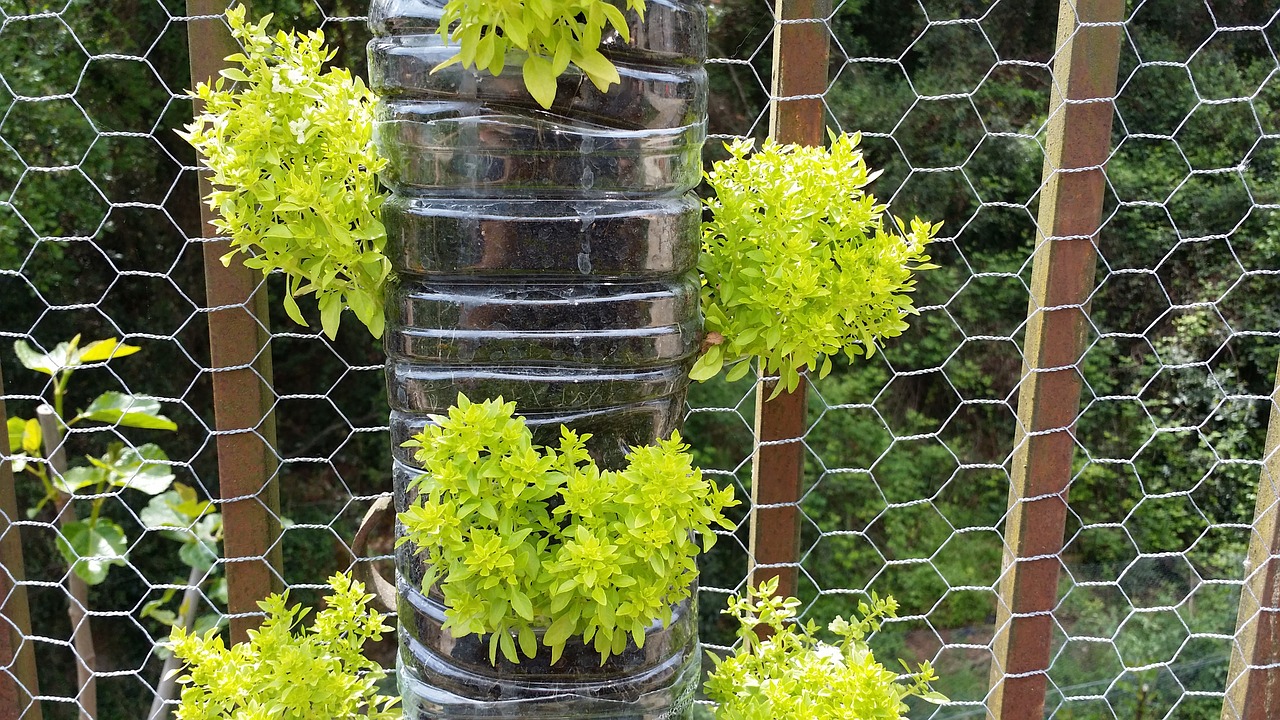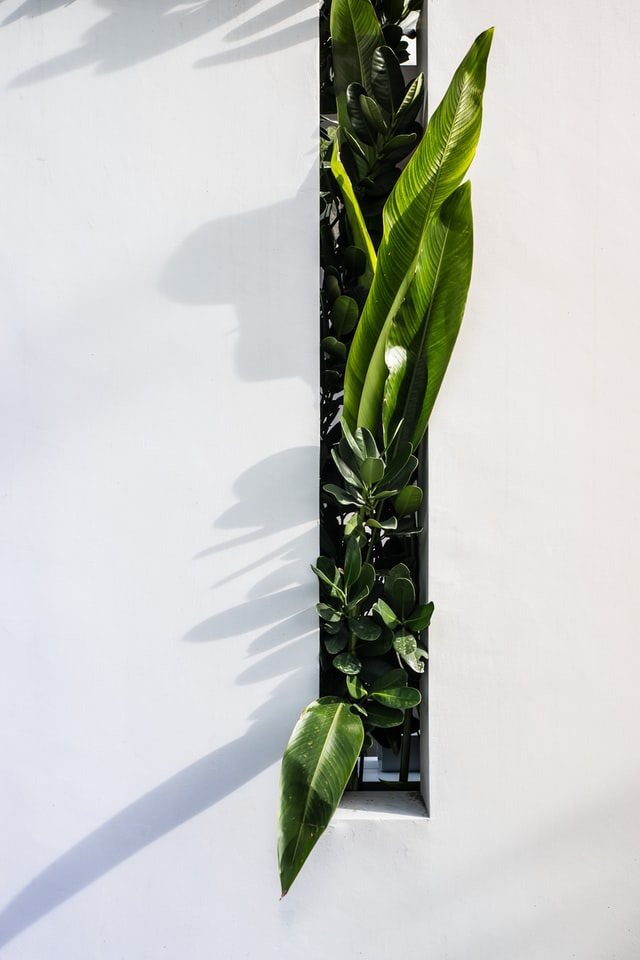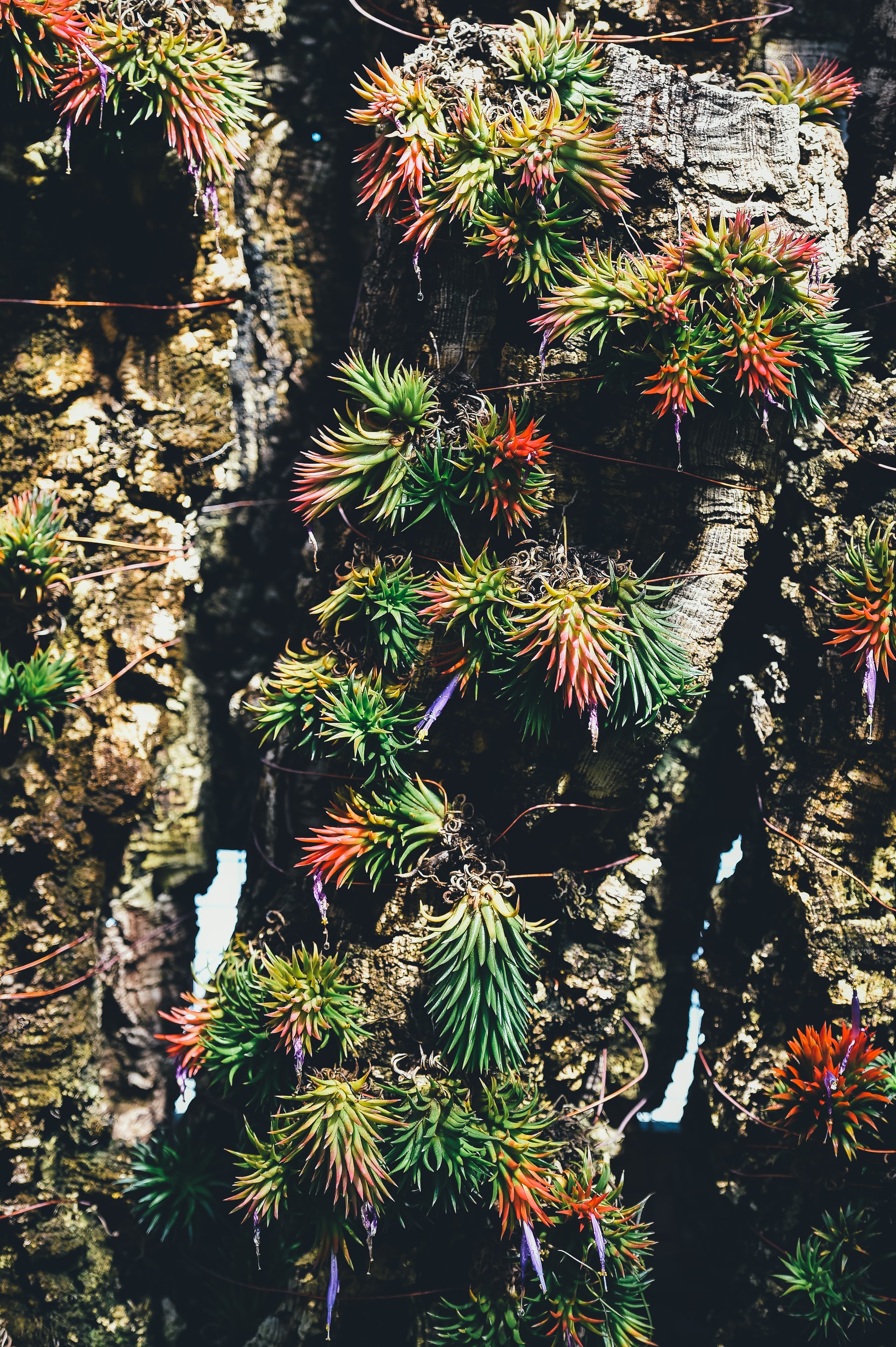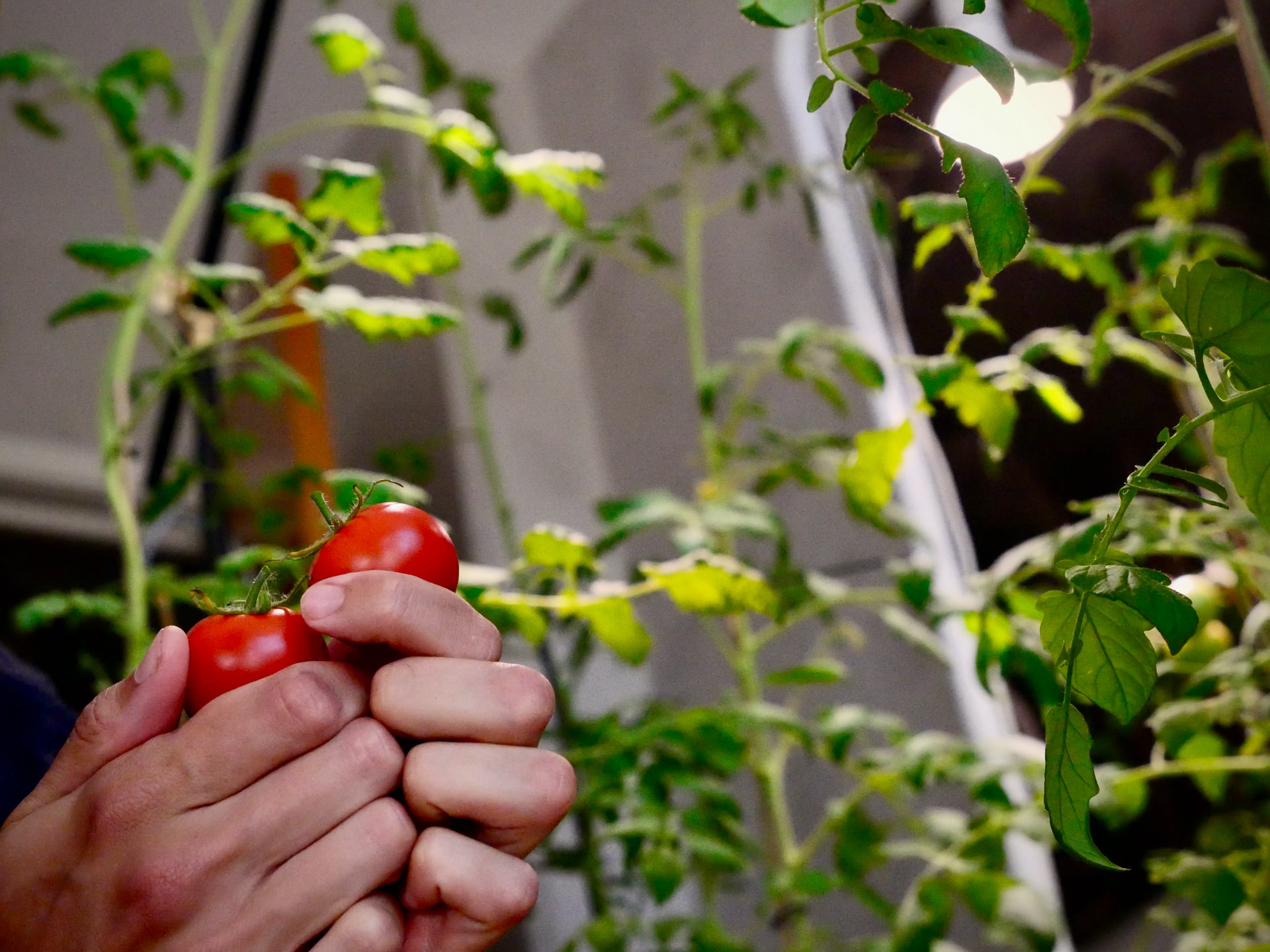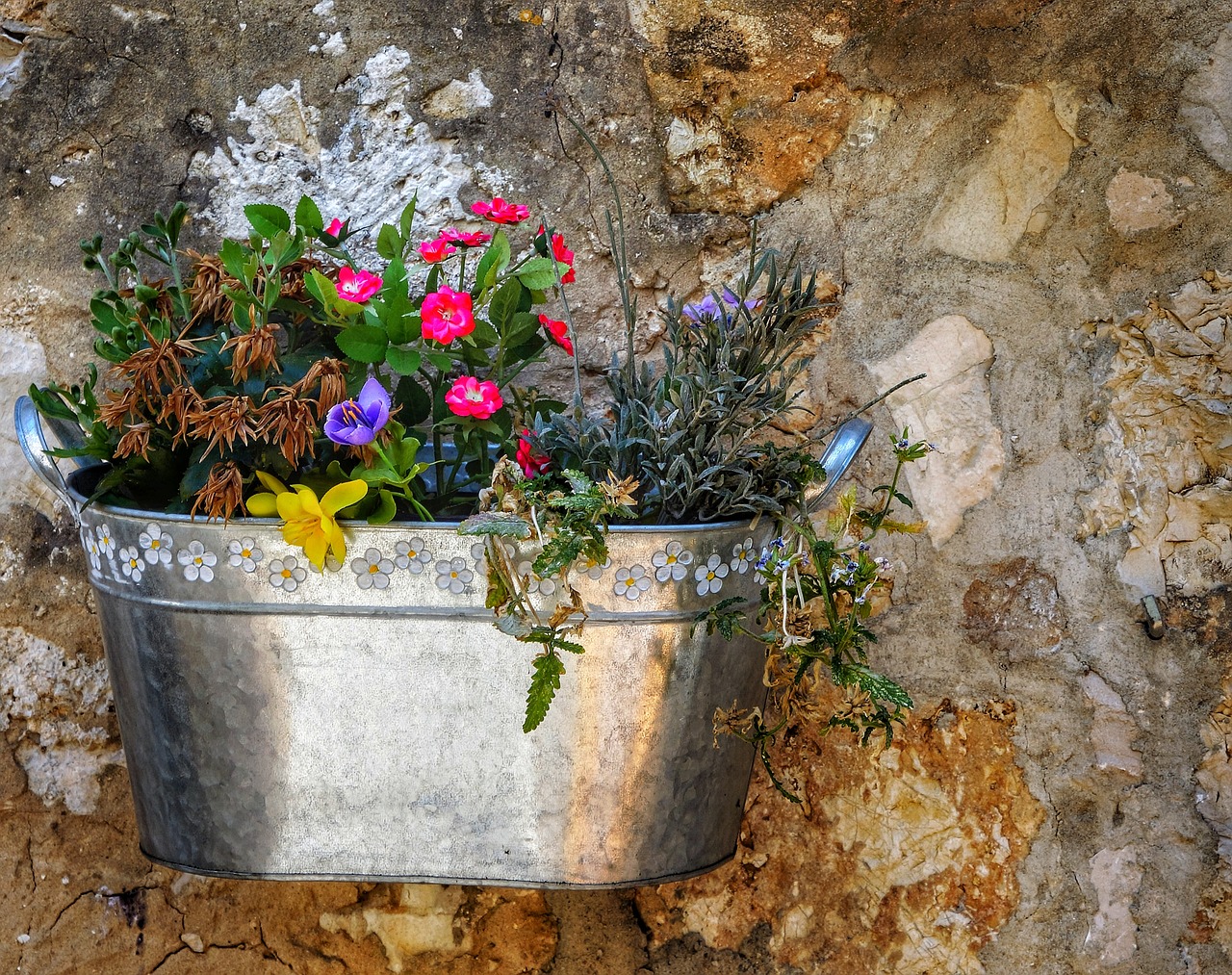
A blank wall is like a canvas, and what better way to color your world than to get your very own vertical garden started! Getting your vertical garden started requires plenty of imagination, ingenuity, and perseverance. But results in a stunning wall of greenery sure to wow anyone who walks past. With our handy tips, you’ll be well on your way to making the living wall of your dreams.
What Is a Vertical Garden?
A vertical garden is exactly what it sounds like: Instead of a horizontal working space, the garden is vertically up on a wall. These gardens can either be outdoors as part of existing garden space or indoors on any wall. Having a vertical garden enables gardeners to have plenty of vegetation without sacrificing as much square footage. This bonus is particularly useful, especially in city apartments and condominiums where there is no space to spare. Getting your vertical garden started requires plenty of planning concerning material, where to place the garden, and what plants you want. This means doing your research to find which solution works best for your home.
Consider Placement and Weather
For your plants to grow to their fullest, you’ll need to be aware of their wants and needs. This means studying the plant’s requirements when it comes to being indoor versus outdoors. You’ll also need to consider watering and sun. If you’re growing lavender, basil, or coriander, for example, you will need to place them in your garden where they will receive direct sunlight. Contrarily, a begonia, primrose, or foxglove flower garden may burn and die in direct sunlight. Consequently, these plants require shade and should not mix with full sun plants.
Before getting your vertical garden started on your apartment balcony, consider the wind factor. Is it windy very often? How strong is the wind on your balcony? Is the wind strong enough to damage your vertical garden and the plants? Windy areas require the aid of trellises to keep plants secure. Also, tie down your garden so that it does not shift and consequently damage your plants.
Finally, no matter your garden setup, it is important to note the weather conditions in your region. Should you plan an indoor vertical garden, this won’t necessarily be an issue. However, gardeners with outdoor vertical gardens need to make sure their plants do not die due to the weather conditions. You should cover perennials (plants that do not die in the winter) with burlap if your region experiences heavy snowfall in the winter. Desert-like plants do not do well in places where there are high levels of precipitation during the warmer months. Ensure your plants are well equipped to handle your area’s day-to-day weather conditions.
No products found.
Vertical Garden Materials
You probably already did some preliminary research before getting your vertical garden stated. You may have realized that vertical gardens come in various shapes and are different materials. Finding out which one works best for you is a combination of personal preference, size, and weather conditions.
Pocket-type and planters
Pocket-type vertical gardens are large pieces of plastic or fabric with several “pockets.” These pockets are filled with soil to hold your flower, plant, vegetable or herb. The pockets “disappear” once your plants grow and cover up the plastic/fabric pockets. They can be used both indoors and out and are one of the most cost-effective options available on the market today.
If you want to get a vertical garden started, but dislike using pockets, you can also use pots and planters. There are many DIYs and “how-tos” available on the internet on how to build your own indoor or outdoor planter-based vertical garden. These kinds of vertical gardens will take significantly more planning than pocket-type gardens because you cannot just buy one piece and begin the garden. Instead, you will need to research, plan, and purchase your pieces strategically to achieve the desired results. Plants which grow more roots will grow larger in pot-using gardens because there is more soil and more room to grow. This pro is especially useful for herbs and vegetables, which need lots of nutrient-rich soil.
No products found.
Trellises and vertical wooden gardens
Gardeners with the benefit of having space outdoors could get their vertical gardens started by investing in trellises. These provide climbing plants with a path to grow without risk of falling. For instance, a trellis is useful to cover up a concrete wall with climbing-type plants. They are usually iron, wood, or resin. Prices range from the simple and affordable to the elaborate and expensive.
No products found.
The most expensive (but arguably the most beautiful) vertical gardens are wood. Getting your vertical garden started out of wood requires a little bit of ingenuity and elbow grease. One popular option is to upcycle wood pallets and turn them into vertical gardens. These kinds of gardens work for both indoors and outdoors. This involves cutting/sawing some parts off, nailing, and finally positioning the palette into place. There are several tutorials online on how to do this all by yourself.
Depending on the recycled materials used, getting a wood-based vertical garden started can be relatively inexpensive. However, should you decide to use wooden containers, their price depends on the kind of wood used. Cedar, for instance, is significantly more expensive than pressure-treated wood.
How to Water a Vertical Garden
A lot of people hold off on committing to a vertical garden due to perceived complications when it comes to watering. How to water a vertical garden to ensure growth hinges on the type of materials as well as the type of plants.
Pocket-type vertical gardens made of mesh easily transfer water from the top to the bottom of the garden. However, all other vertical gardens (plastic pockets, planters, wood) will require individual watering. This means checking each patch of soil to make sure that particular plant (herbs, flowers, vegetables, etc.) gets enough water. While tedious, this is the best way to ensure your garden grows as beautiful as can be.
What Plants to Use
The next big step before getting your vertical garden started is to decide which greenery to plant. This depends mostly on weather conditions and where you want to place your garden.
Herbs and vertical vegetable gardens
Most herbs require plenty of soil, sun, and water to grow as large as they can. This means vertical gardens using planters or pots are best, as they are typically deep and you can easily assemble them outside or on a patio. Consider investing in a watering globe if you’re worried that your herbs are not getting enough water. These globes fill with water and will slowly drain into the pot as needed.
Vegetables can also grow fruitfully at harvest time using vertical gardens. Like herbs, they require lots of nutrient-rich soil and would do better in a planter or pot-type garden. Make sure to read the plant’s care instructions to find out its perfect sun to water ratio.
The one thing you have to worry about with a vertical vegetable garden is maximum heights. Tomatoes, for example, need plenty of clearance below or above them to continue to grow. Be sure to either plant them up high or prepare to use trellises to support their growing vines.
Living vertical wall garden
A “living wall” is a vertical garden that completely covers one indoor or outdoor wall with plants. This is usually a combination of climbing-type plants (such as pothos) mixed with more vibrant greenery such as crotons. Some companies make a living out of planning, designing, and building vertical gardens for their customers.
Outdoor living walls suitable for regions that do not have harsh summer/winter seasons. However, indoor living wall gardens can live all year round regardless of the weather. Watering a living wall may prove difficult as most of these plants have different watering needs.
Thankfully, most of the walls installed by professionals also include a re-circulating irrigation system to keep the plants adequately hydrated.
Getting Your Vertical Garden Started
Before getting your vertical garden started, you must research how to start it and what you’ll need. This includes finding out which garden setup works best with your region as well as which plants would work best in your area of choice. Keep the plants healthy and happy (watering, pruning, etc.) and at the end of the day, you have a stunning wall you’ll be proud to display.
Last update on 2022-01-27 at 20:02 / Affiliate links / Images from Amazon Product Advertising API

